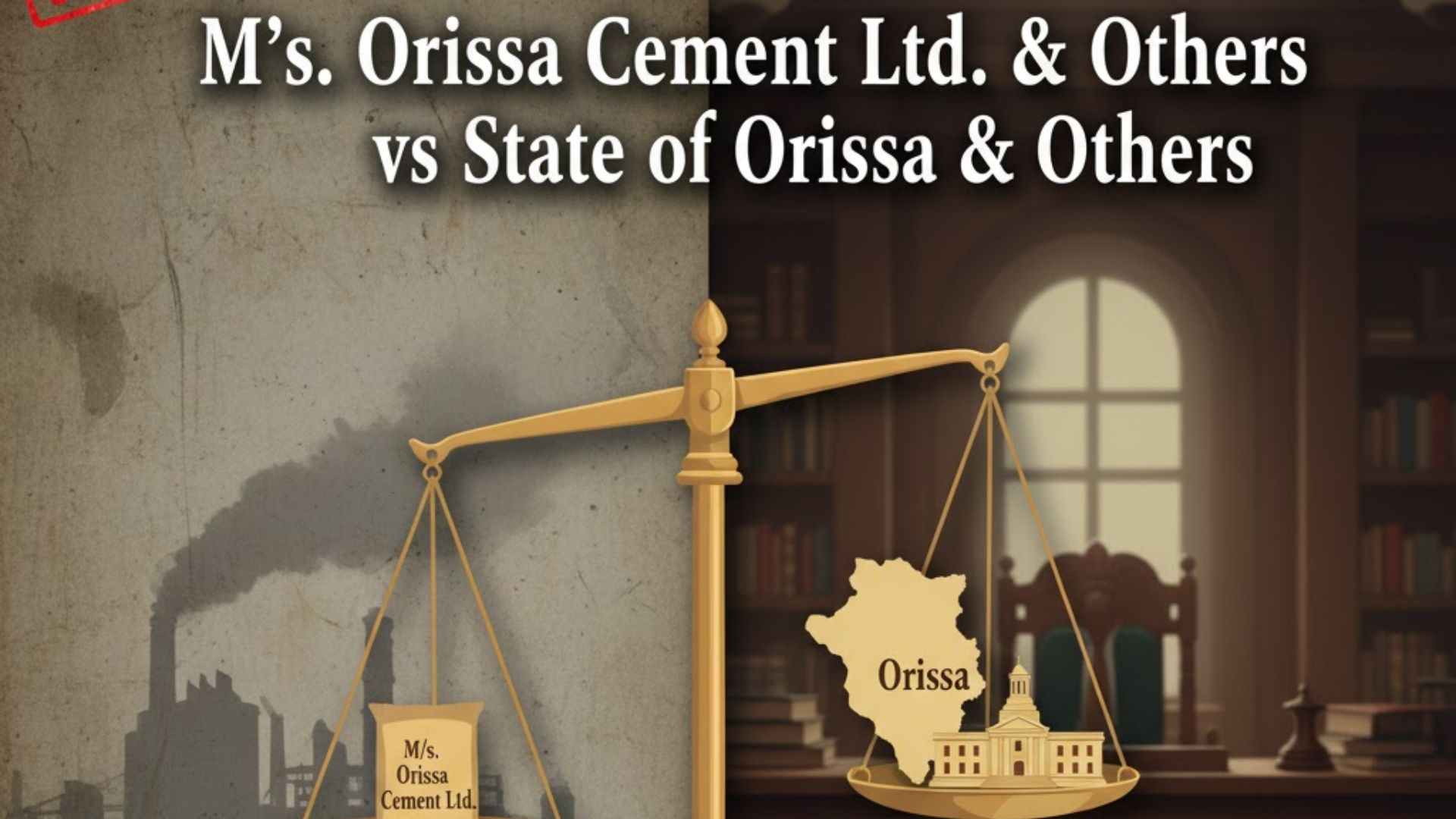S.H. Kapadia, J.@mdashAt the behest of the Department, the Tribunal has referred the matter u/s 256(1) of the Income Tax Act, 1961, to this
court for opinion on the following questions of law :
(i) Whether, on the facts and circumstances of the case, the Tribunal was right in holding that the Income Tax Officer was wrong in valuing closing
stock in respect of the film ''Anpadh'' applying the provisions of Sub-rules (3) and (11) of rule 9A of the Income Tax Rules, rejecting the
assessee''s valuation based upon realisation in the market ?
(ii) Whether, on the facts and circumstances of the case, the Tribunal was right in deleting the disallowance of Rs. 57,587, the amount spent for
publicity expenses, holding that the business of film production is an industrial undertaking falling u/s 37(3D) ?
Facts :
2. In this reference, we are concerned with the accounting year ending March 31, 1979, corresponding to the assessment year 1979-80. The
assessee was engaged in the business of film production. During the relevant accounting year, the assessee produced a movie. The distribution right
was granted by the assessee on minimum guarantee basis for different territories. However, the said distribution rights were not sold for Andhra
Pradesh, Tamil Nadu, Kerala and East Punjab. The assessee declared the value of the closing stock of the movie at Rs. 1.45 lakhs, which was not
accepted by the Income Tax Officer, who valued the closing stock at Rs. 4,48,279 (wrongly typed in the order of assessment as Rs. 4,88,279)
under Rule 9A(5). This valuation of the Income Tax Officer was confirmed by the Commissioner of Income Tax (Appeals). The matter was
carried in appeal to the Tribunal. The Tribunal took the view that under Rule 9A(6), a discretion was given to the Income Tax Officer to adopt
appropriate method for writing off the cost of production particularly in cases where it was not practicable to strictly apply the table given in Rule
9A. The Tribunal took the view that there could be many reasons why distribution rights could not be sold in the above territories and, therefore,
the assessee was not bound to write off the cost as per the table contemplated by Rule 9A. The Tribunal, therefore, allowed the appeal.
Consequently, the Tribunal has directed the value of the closing stock to be taken at Rs. 1.45 lakhs and not at Rs. 4,48,279 (wrongly typed in the
order of assessment as Rs. 4,88,279). Being aggrieved, the Department has come by way of reference to this court.
Findings :
3. Rule 9A has been framed by the Central Board of Direct Taxes (CBDT) u/s 295 of the Income Tax Act. Rule 9A deals with deduction in
respect of expenditure on production of movies. It lays down that in computing the profits and gains of business of production of movies carried on
by a film producer, the deduction in respect of the cost of the movie shall be allowed. Under the Explanation to Rule 9A, cost of production is
defined to mean expenditure incurred on the production of the movie. Under Sub-rule (5), it is, inter alia, provided that where the film producer
exhibits the film on a commercial basis in the territories specified in the table given in Rule 9A, the entire cost of production shall be allowed as a
deduction in computing the profits of the given previous year. There is an Explanation to Sub-rule (5). It, inter alia, provides for writing off of the
cost of production as per the table given in Rule 9A. Sub-rule (7) provides, inter alia, that if the producer fails to exhibit the movie, he will not be
entitled to the deduction. Sub-rule (8) provides, inter alia, that deduction shall not be allowed unless the amount realised by the producer by
exhibiting the movie is credited in the books of account maintained by the producer. Sub-rule (9)(c) provides, inter alia, that where the Income Tax
Officer is of the opinion, having regard to the facts and circumstances of a given case, that it is not practicable to apply the provisions of Rule 9A,
which includes the table, then the Income Tax Officer may suitably write off the cost of production by applying a proper formula, which he deems
suitable.
4. Therefore, a bare reading of the above Rule 9A shows, firstly, that cost of production is allowable as a deduction only if the movie is exhibited
or sold. If the movie is not sold or exhibited, the producer is not entitled to claim deduction. Secondly, Rule 9A shows that the producer would not
be entitled to deduction unless he has credited the sale proceeds in the profit and loss account. Thirdly, Rule 9A shows that cost of production
shall be written off as per the table given in Rule 9A, which table refers to the territory for which the movie is sold and also the sums to be taken
into account for determining the cost of production to be allowed as a deduction. In the present case, the order of the Assessing Officer indicates
that the assessee-producer declared total realisation of Rs. 32,90,962. The distribution rights of the movie were not sold by the producer for the
territories of Andhra Pradesh, Tamil Nadu, Kerala and East Punjab. Therefore, the assessee declared the value of the closing stock at Rs. 1.45
lakhs. There is nothing to indicate as to how this amount was arrived at. Be that as it may, the Income Tax Officer applied the table for respective
territories referred to above. The territories of Andhra Pradesh, Tamil Nadu, Kerala and East Punjab came under territory ""D"", ""J"" and ""K"" for
which the rates were 8 per cent. 2.5 per cent. and 3 per cent., respectively, in all amounting to 13.5 per cent. As per the order of the Assessing
Officer, the total cost of the movie as computed by the assessee was Rs. 33,20,587. As per the table, in Rule 9A, the cost of Rs. 33,20,587 had
to be written off at the rate of 13.5 per cent. Therefore, in absolute figures, during the assessment year in question the Assessing Officer has written
off Rs. 4,48,279 (wrongly typed in the order of assessment as Rs. 4,88,279). Therefore, under Rule 9A, the Assessing Officer was right in
allowing the write off at Rs. 4,48,279. In the decision of the Tribunal, there is nothing to indicate why the table given in Rule 9A was not required
to be followed. It is correct to say that the Income Tax Officer can discard the table in appropriate cases where it is not practicable to apply the
provisions of Rule 9A. For example, if in a given year, the total realisation declared by the assessee was less than the cost of production of the
movie, then the table may not be strictly applicable. However, in the present case, the total realisation was Rs. 32,90,962 and, therefore, it was
possible for the Income Tax Officer to value the closing stock as per the table given in Rule 9A. Therefore, in the present case, Sub-rule (9)(c) of
Rule 9A was not applicable.
Conclusion :
5. For the above reasons, we answer question No. 1 in the negative, i.e., in favour of the Department and against the assessee. Question No. 2 is
answered in the affirmative, i.e., in favour of the assessee and against the Department. This is in view of the judgment of this court in Income Tax
Appeal No. 624 of 1987 in the case of Filmyug Pvt. Ltd. Vs. Commissioner of Income Tax, decided on January 22, 2003.
6. Accordingly reference is disposed of. No order as to costs.

